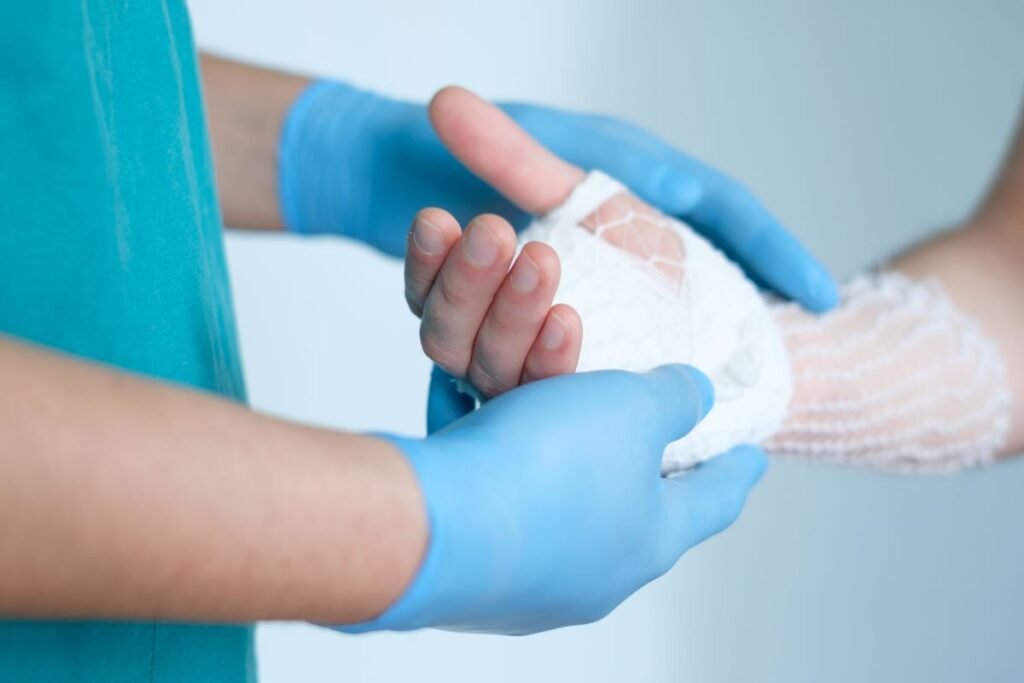Introduction
Carpal Tunnel Surgery is a common procedure aimed at relieving the symptoms of Carpal Tunnel Syndrome (CTS), a condition characterised by numbness, tingling, and pain in the hand due to compression of the median nerve. Preparing adequately for the surgery can help ensure the best possible outcome and a smooth recovery. This comprehensive guide provides detailed insights into the preparation process, helping you understand what to expect before, during, and after Carpal Tunnel Surgery.
Understanding Carpal Tunnel Surgery
Carpal Tunnel Surgery, also known as carpal tunnel release or carpal tunnel decompression, is a surgical procedure designed to alleviate pressure on the median nerve by cutting the band of tissue around the wrist that crosses the median nerve. The procedure is usually done under local anaesthetic, and can be performed using two main techniques:
- Open Surgery: Involves a single, larger incision in the palm of your hand over the carpal tunnel.
- Endoscopic Surgery: Uses a telescope-like device with a tiny camera attached to it (endoscope) to see inside your carpal tunnel and cut the ligament through one or two smaller incisions.
At Cardiff Gate Consulting Rooms, the open technique is utilised due to better visualisation of the structures and documented reduced rates of recurrence.
Pre-Surgery Consultation and Evaluation
- Medical Evaluation: Before surgery, you will undergo a thorough medical evaluation to confirm your diagnosis and discuss any existing health conditions that could affect the surgery.
- Medication Review: Discuss all medications you are taking with your surgeon, as some may need to be paused or adjusted before surgery, such as blood thinning medication.
- Pre-Surgical Tests: Nerve conduction studies may be ordered by your surgeon if there is any doubt about the diagnosis of CTS.
Preparing Your Home and Daily Life
- Home Setup: Arrange your home so that necessities are within easy reach without needing to strain or reach overhead. Consider installing safety handles in bathrooms if balance or mobility is a concern post-surgery.
- Meal Preparation: If you do not have a partner or someone at home who is able to care for you in the period after your surgery, you can prepare meals in advance or arrange for meal delivery services to avoid cooking during the initial recovery period.
- Transportation and Support: Organise a friend or family member to drive you to and from the surgery and assist with daily activities in the first few days of recovery.
- Removing Rings or Jewellery: Remember to remove and rings on the hand to be operated, as there will be swelling following the operation. Also remember to remove any other jewellery that may get in the way of the operation, such as bracelets, watches and so on.
The Day Before Surgery
- Eating: Fasting is not usually required as Carpal tunnel release is usually done under local anaesthetic. Therefore it is recommended that you have breakfast and keep hydrated on the day of your surgery.
- Packing a Bag: As it is a day case outpatient surgery, you are able to leave the same day, and there is no need to pack a bag.
The Day of Surgery:
- Arrival: Arrive at the hospital or clinic well in advance to complete any last-minute paperwork and settle in.
- Pre-Operative Procedures: You will meet with the surgeon again to go over the surgical plan and answer any last-minute questions.
Post-Surgery Plan
- Immediate Post-Op: As long as you are feeling well enough, you will be able to leave straight away, with someone to drive you home.
- Discharge Instructions: Before discharge, you will receive detailed aftercare instructions on wound care, pain management, and signs of potential complications to watch for. You will also be given exercises to do.
Recovery and Rehabilitation
- Physiotherapy: Patients will begin light hand therapy exercises within days of the surgery to help regain motion and strength.
- Follow-Up Appointments: These are crucial for monitoring your recovery and removing stitches or splints. This is usually done at 6 weeks post-op.
- Long-Term Care: Recovery can vary, but many patients experience relief from symptoms almost immediately, with complete recovery over several weeks to months.
Conclusion
Preparing for Carpal Tunnel Surgery involves careful planning and attention to both medical and practical considerations. By following these detailed steps, you can help ensure a successful surgery and a smooth recovery, leading to improved hand function and a return to normal activities. At Excel Clinic Cardiff, we are committed to supporting our patients through every step of their surgical journey, providing expert care tailored to individual needs.



